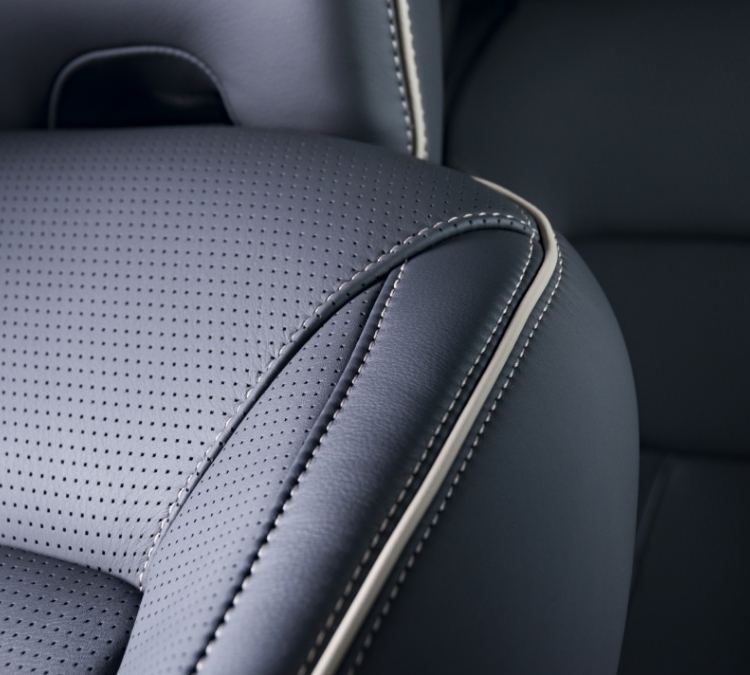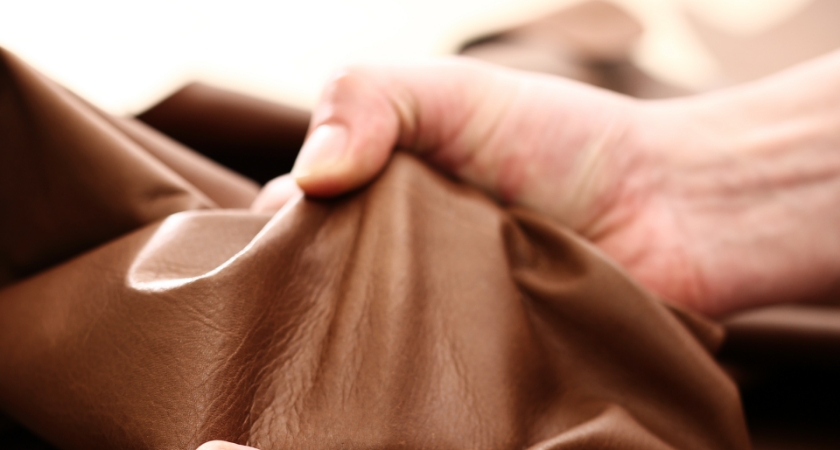Recycled by-product of the food industry.
As a recycled by-product of the food industry, leather aligns with the societal shift towards meaningful, slow consumption in which we ‘take, make, and re-use’. Natural leather hides come from animals raised for food. Their hides and skins, which are a valuable, versatile resource, would otherwise be discarded and end up in landfill. This responsible choice converts waste from the food industry and enables tanners and manufacturers to make products we use in everyday life.
The ultimate
natural performer.
Genuine leather is made to last and be reused, repaired, refurbished, and even repurposed into other leather items. It is a high-quality durable material comprising of collagen cells of the skin, where the natural ageing process is slowed by the tanning process. Rich in carbon, nitrogen, and oxygen which bacteria and fungi consume, at the end of its life phase, natural leather is biodegradable.
The natural benefits of leather
Beautiful
Comfortable
Water-
resistant
Long lasting
Repairable
Recyclable
Versatile
Carbon footprint.
There are great strides being made to reduce leather’s carbon footprint globally with a range of exciting initiatives across the industry. In Australia, the red meat and livestock industry has reduced carbon emissions from 20.8% to 10.4% of its national greenhouse total since 2005 and is set to reach its target to be carbon neutral by 2030.
The industry is working with scientists to identify ways to achieve carbon neutrality including reducing methane emissions in livestock and minimising energy usage in processing plants.
Cleaner technologies
and practices.
Over the last four decades, Australian leather processors have implemented a range of exciting sustainable initiatives to reduce leather’s carbon footprint including adopting cleaner tanning technologies and practices.

Australian leather processors are
world leaders in:
- Drum technology
- Energy consumption
- Water usage
- Air and noise emissions
- Waste treatment
- Effluent treatment
- Elimination of restricted substances on the Zero Discharge of Hazardous Chemicals (ZDHC) Manufacturing Restricted Substances List.
Consumer confusion
around leather
alternatives.
Recent consumer research has uncovered alarming levels of misinformation around the composition of alternative leathers including so-called ‘vegan leather’, which can potentially be 100% PVC or PU rather than made from ‘all natural’ materials.
Such marketing terms are being used to reassure consumers they are making sustainable choices, when in fact many alternatives to leather are synthetic materials which can cause considerable harm to the environment.

